The Windows section of Arches National Park is the one area to visit if time is short for your park tour. Two hours in the Arches National Park will allow for a one hour hike around the Windows section to see some of the most spectacular arches in the world.
After an hour in Arches, it was my fourth road side stop about 11 miles into the park at the Garden of Eden where I finally saw the Windows section with arches. This was an exciting place to be. There was a special energy in this space of weathered rock and arches rising up from the desert floor.
After driving across hundreds of miles in the Utah deserts, the thought occurred to me that this one relatively compact area with dozens of arches is an amazingly unique geological location to visit on a road trip across Utah.
You can see the Windows section of Arches if you take as little as four hours to detour off Interstate 70 and drive Highway 128 along the Colorado River and Highway 191 to Arches National Park when traveling between Grand Junction, Colorado and Green River, Utah. I recommend you take the time for this detour in life.
Double Arch seen from a poor photo angle to clearly see the two arches.
The Windows Section name derives from two large arches side by side.
North Window (left) and South Window (right) Arches.
The temperature was in the mid-80s on May 14, 2013 when I visited the Windows Section of Arches National Park about 13 miles from the park entrance.
The hike to the Windows Arches is an easy stroll from the parking lot. Like most places in the National Parks of Utah I visited in May 2013, many of the people hanging out in the shade of North Window were speaking French.
View of North Window from the Windows Section parking lot.
Why are there sandstone arches?
Arches form in the sedimentary layer called the Entrada Sandstone deposited in the area over 150 million years ago. Geological uplifts and collapses exposed the 300-feet thick Entrada Sandstone and erosion created fins which are walls of sandstone. As the fins eroded over time, arches formed. Geological erosion continues to this day as rainwater dissolves the natural cement holding the sandstone together and winter ice in holes and cracks fractures the sandstone. The arches will erode more and eventually, in time, collapse. Around forty arches have collapsed in the past 50 years in the park. There are more than 2,000 catalogued arches in the National Park. An arch has to be at least a 3-feet opening to be counted.
The Windows arches are large arches.
People gathered in the shade of North Window arch.
The view from North Window revealed the proximity to the Colorado River canyons just a few miles away.
The viewpoint from North Window is a place where you can be alone together.
Cracks in North Window Arch.
Turret Arch at Windows.
North Window Arch.
Tiny May flowers growing in the desert crust below North Window Arch.
Another far away angle of Double Arch.
Turret Arch has a large arch and a smaller window arch. Eventually the sandstone will erode away from the window to create one large arch.
South Window Arch.
The walkway goes all the way up to North Window, but South Window seems more protected. There are warning signs to stay off the cryptobiotic crust which is basically all the sand and rock around the trails.
Stop. This is not a trail. When you walk off the trail, you cause extensive damage to Arches’ vegetation and cryptobiotic crust. Please do your part by staying on designated trails.
A multi-generational German speaking family walked past this sign and off the trail into the desert. I didn’t say anything to the German tourists. A few days later I warned an Italian guy in Yosemite National Park who was calling birds out of the trees with birdseed in his hand, while his wife took video, that feeding animals can result in a $100 fine. He argued that birds are not animals. Anyway, he stopped feeding the birds after my warning.
Despite his scientifically inaccurate declaration, the actual regulation is “feeding wildlife is illegal in National Parks.”
Turret Arch.
The small window at Turret Arch.
North and South Window seen through Turret Arch.
After more than an hour walking and hanging out around North and South Window and Turret Arch, the temperature had climbed into the low 90s. I had been drinking plenty of water. It was time to drag myself away from this place where I felt something special in the surroundings.
There were still several more arches in the Windows area to see up close, but my time was limited.
Spectacular arches, desert flowers and ravens greeted me and others walking around Windows.
Windows is where the highest concentration of arches are found with trails around and through the rock formations. This location can easily be a day long excursion marveling at the natural formations of sandstone. I found this to be an extremely powerful space and I think many other visitors felt the energy too. This is a really cool spot to hang out even when the temperature is blisteringly hot.
Diamond shape tail feathers are a characteristic feature of the common raven, an intelligent and common bird in the Utah National Parks.
My car temperature registered 107 F after sitting in the desert sun. The temperature dropped to 93 once I started driving. My car outside temperature readings are usually precise to within a degree or two of the official National Weather Service temperatures based on several years of comparisons.
I drove back to Scenic Drive and north to Devils Garden to see more arches.
Loyalty Traveler Utah Road Trip: Arches and Canyonlands National Parks series.
- Part One – Regional lodging information and Arches National Park Scenic Road from the park entrance to Balanced Rock.
- Part Two – The Windows Section of Arches National Park where easy walking trails route through a high concentration of sandstone arches.
- Part Three – Sand Dune Arch and Devils Garden hiking trail at the northern end of the paved road in Arches N.P.
- Part Four – Canyonlands National Park
Ric Garrido, writer and content owner of Loyalty Traveler, shares news and views on hotels, hotel loyalty programs and vacation destinations for frequent guests.
You can follow Loyalty Traveler on Twitter and Facebook and RSS feed or subscribe to email newsletter on the upper left side of this page.


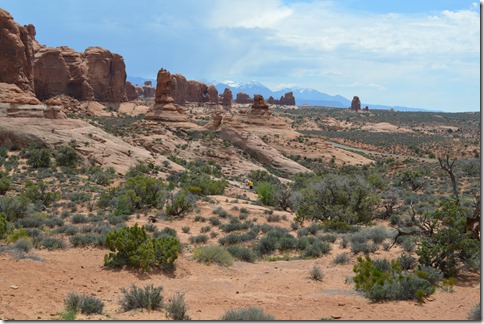
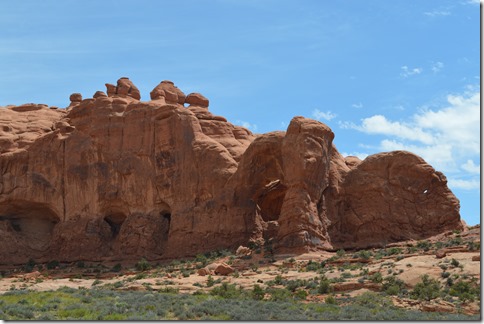
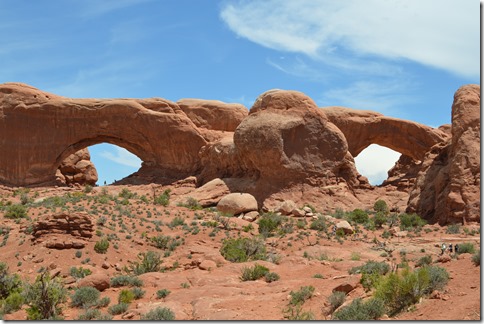
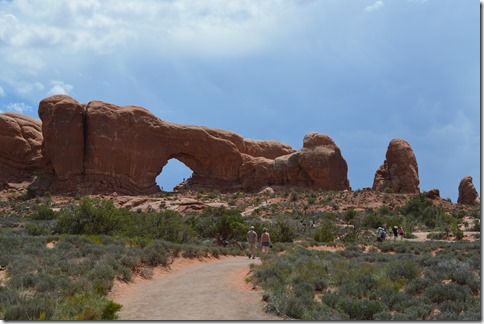
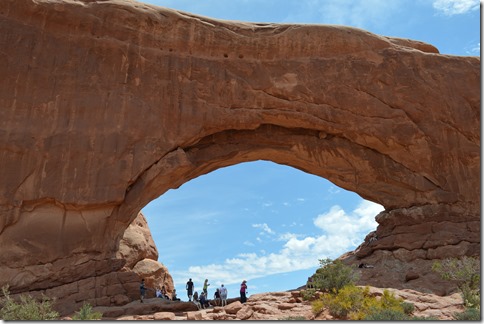
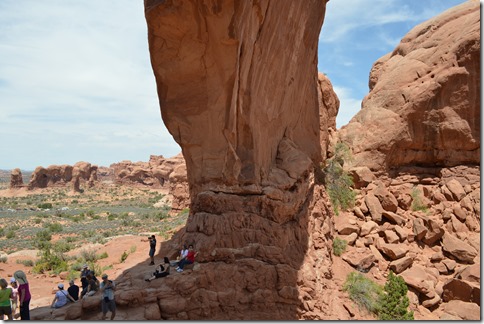
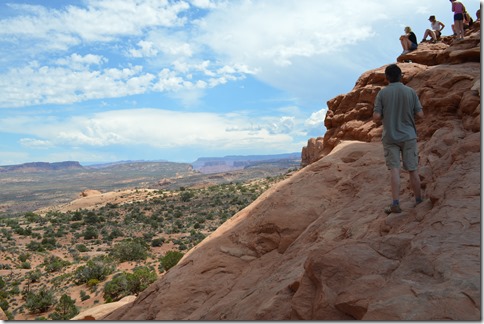

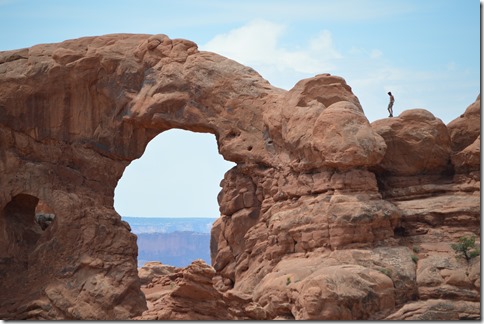

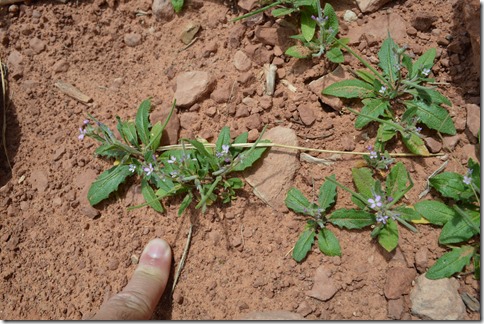

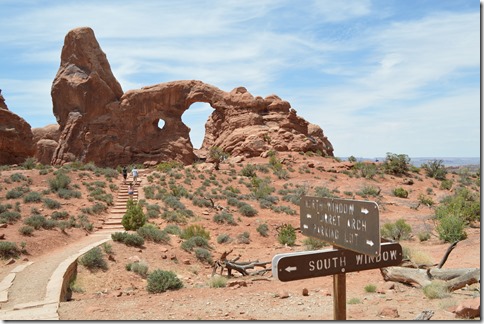
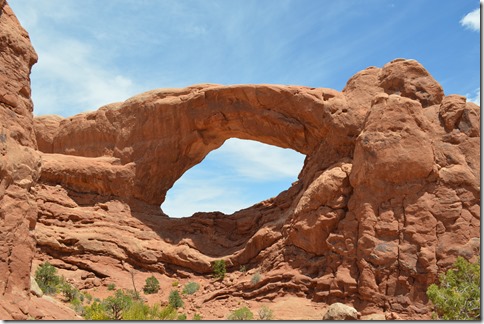
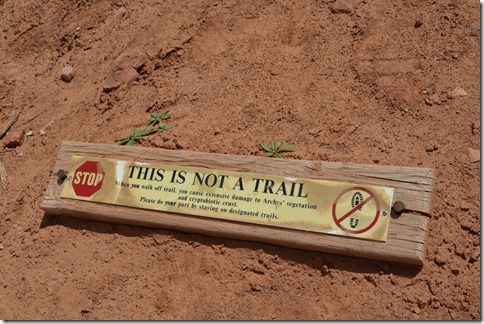
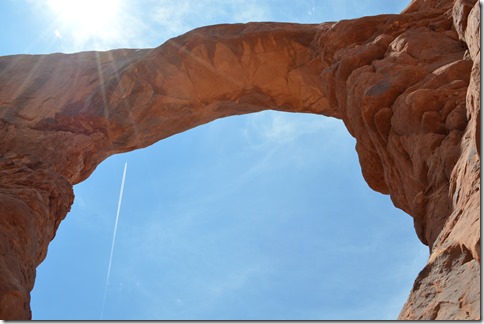
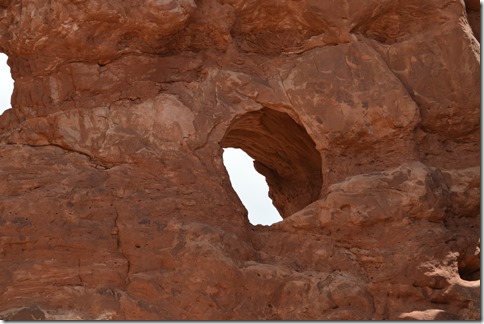
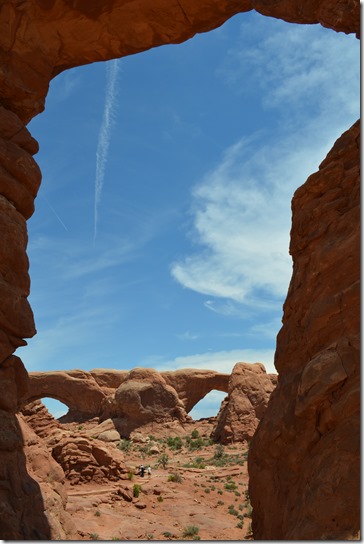
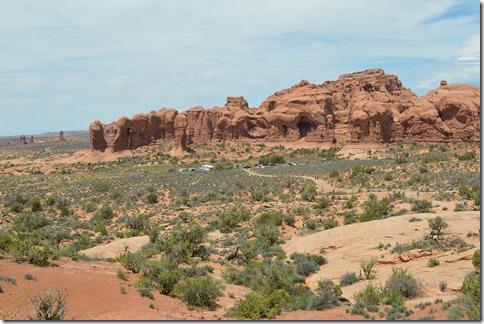
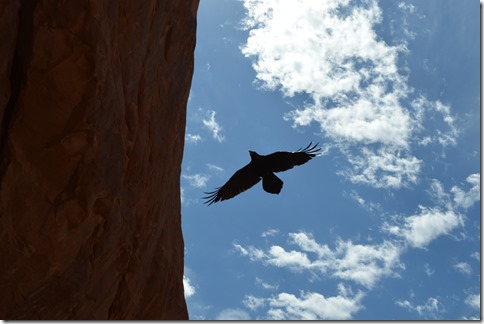

1 Comment
Comments are closed.